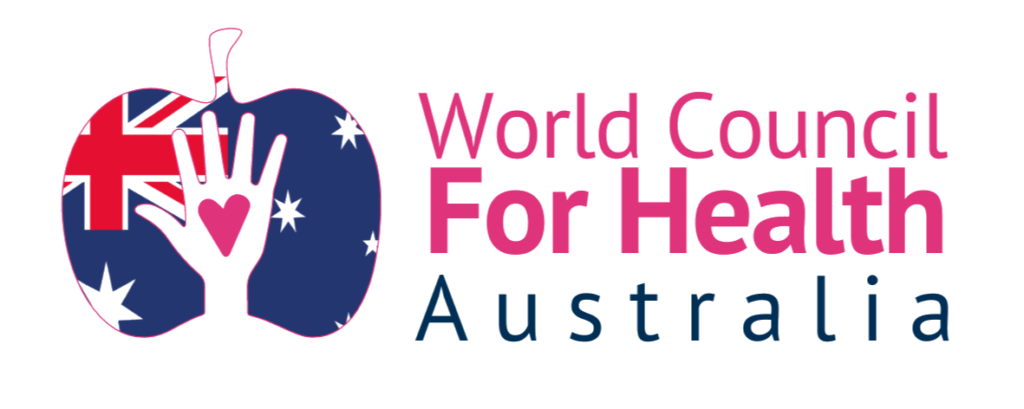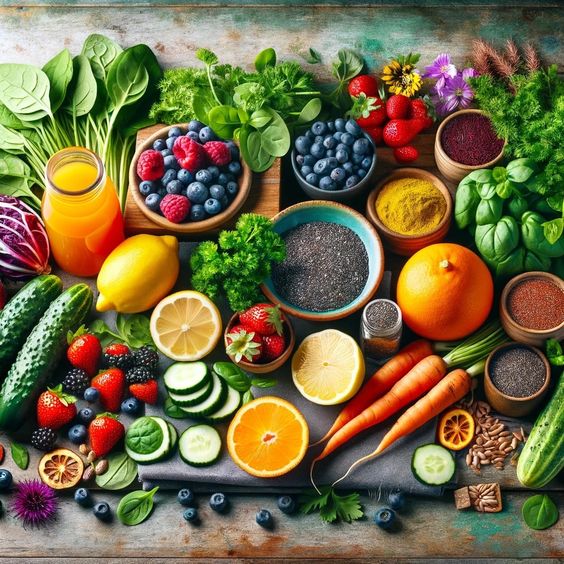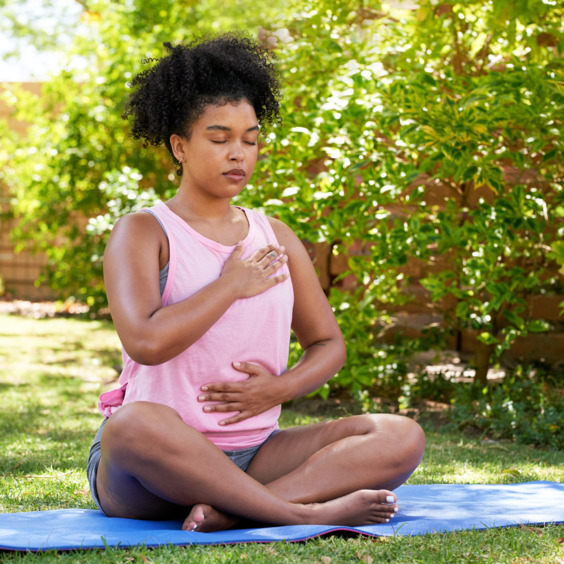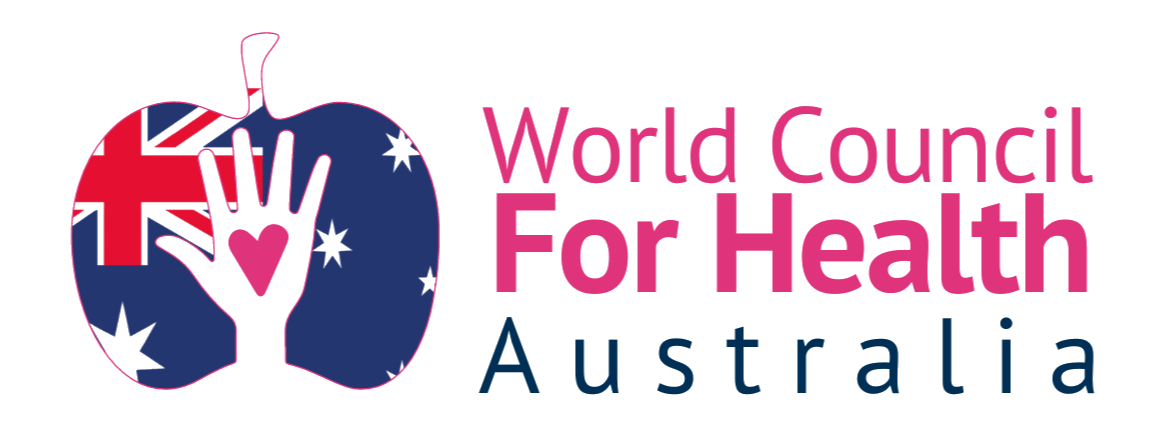Introduction
This detoxification protocol is based on research and insights from Professor Ian Brighthope, a distinguished medical practitioner with 49 years of experience, an extensive academic background, including studies in agricultural science, and specialized training in nutritional and environmental medicine. Vitamin C, or ascorbic acid, stands at the core of this protocol, renowned for its antioxidant properties and pivotal role in cellular health. The detoxification potential of vitamin C extends from combating free radicals to facilitating the elimination of harmful substances like reactive aldehydes and heavy metals. Its interaction with detoxification enzymes and pro-oxidant effects at high concentrations underscores its multifaceted detoxification capabilities.
Medicines & Supplements
The doses of vitamin C that are required for detoxification may be as low as 1000mg (1 gram) per day in a young healthy person up to a massive 60 gram per day or higher in a very sick cancer patient or someone with a fulminating infection.
- Adults in reasonable health – daily dose can be 2 – 4 grams per day preferably in divided doses throughout the day.
- Chronic Illness – the range may be 4 – 10 grams per day.
- Acute Illness with severe symptoms (such as Influenza or Covid) – require Intravenous Vitamin C (Sodium Ascorbate is the only form) – doses of 15 – 60 grams per day.
The dosing must be individualised by a trained physician. Taking vitamin C orally may cause wind and loose bowels, this is inconvenient but not a bad sign. If this occurs, just drop the dose and frequency back a little and drink plenty of water.
Practices
Consistent vitamin C intake is essential, particularly in critical scenarios where high dose administration of intravenous vitamin C has been instrumental in saving lives. Maintenance doses are recommended for sustained health benefits. Notably, in cancer care, vitamin C’s detoxification potential complements its role in improving quality of life and aiding in the removal of cancer cell by-products. A fundamental rule is ‘never stop taking vitamin C suddenly’, especially if it has been used in a critical situation to save a life. Also, it is wise to remain on a maintenance dose of vitamin C for a long and healthy life.
Detoxification and healing can be supported by fasting and/or breathing practices. For further information visit: www.wch-australia.org/protocols
Diet & Nutrition
The Low Stress Diet (LSD)
The low stress diet is high in nutrient rich foods and low in processed (nutrient depleted foods) and can be used both therapeutically in disease states as well as to promote well-being, longevity, and freedom from disease. This diet emphasises food that is whole, fresh, unprocessed, and often raw. Varying the diet (aiming to include 15-20 different foods per day) will optimise nutrient intake. Eat regular meals and ensure water intake is optimal. Don’t forget to chew, relax, and appreciate the taste sensations of your food – eating should be sensuous.
The diet includes a list of foods to avoid and foods to include:
| Foods to Avoid | Foods to Include |
| Sugar especially white sugar products | Carbohydrates: eat a wide variety of different coloured fruits, berries, vegetables & few wholegrains. Eaten raw, steamed, or baked – 40-45% of diet. |
| White flour products | Proteins: lean meats, fish, eggs, legumes and beans, nuts, and seeds. @30-35% of diet. A wide variety. |
| Chemicals – preservatives, additives, artificial flavours, colours & sweeteners, insecticides, herbicides, growth accelerating hormones & Abs – are extensively found in food manufacture | Fats: Mono and Unsaturated, Essential Fatty Acids found in olive oil, avocados, nuts, seeds, and fish. @20-30% of diet |
| Take-away foods & Junk Food | Fresh Raw Juices – particularly carrot, celery and beetroot |
| Caffeine and Chocolate | Yoghurt – which contains live bacteria (acidophilus/bifidum) |
| Alcohol, Tobacco, and other drugs | Supplements: Vitamin C in gram doses to suit; High potency vitamin B complex; Antioxidants; Digestive support – Bitters |
| Avoid Foods with high Intolerances e.g., Wheat and Dairy in particular | Water – include optimal water intake |



